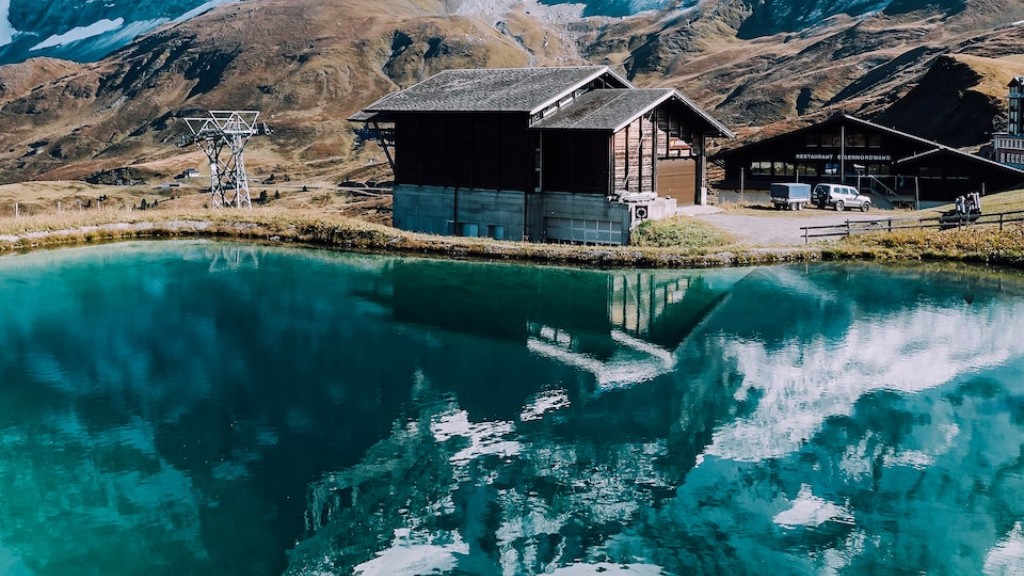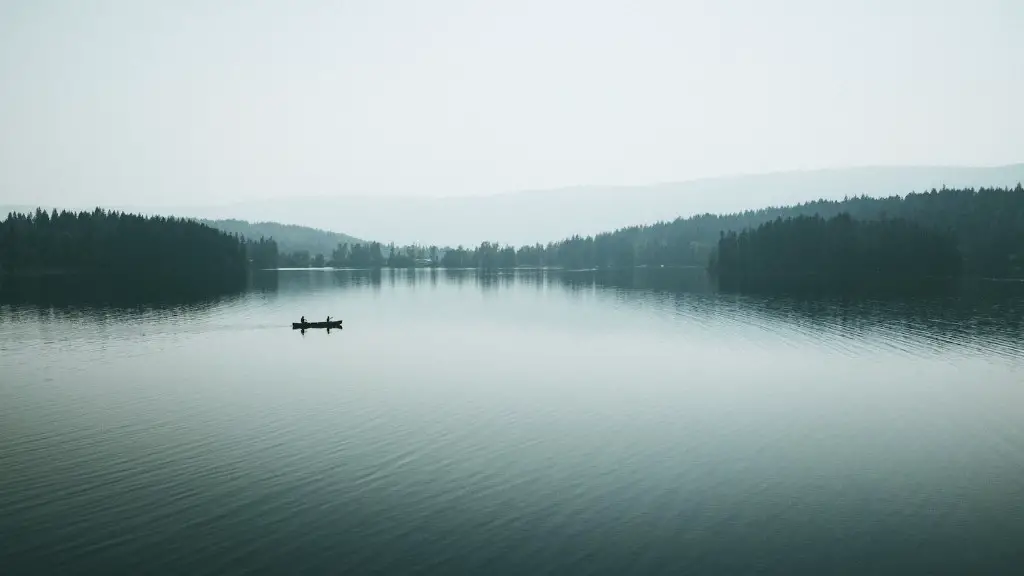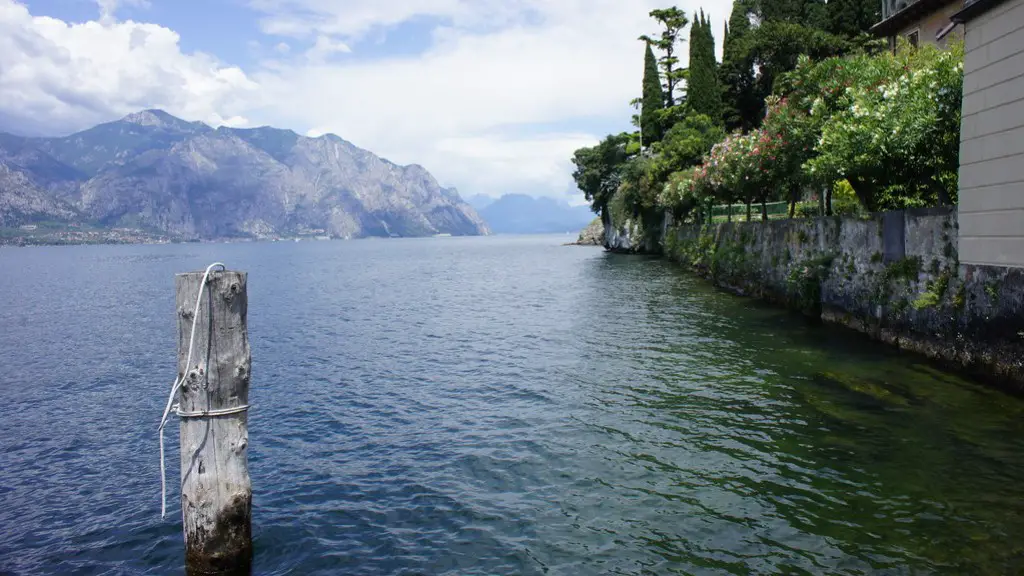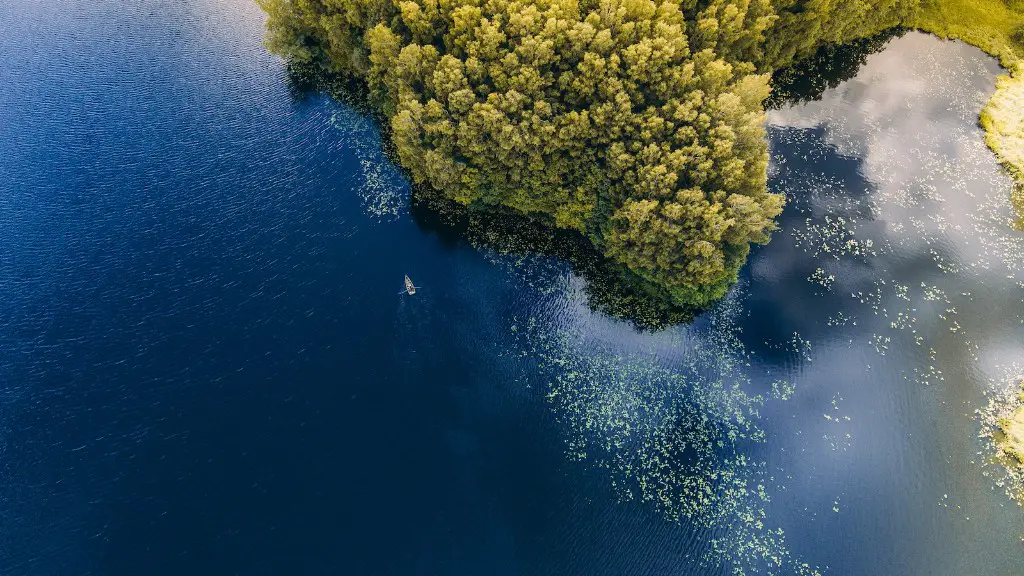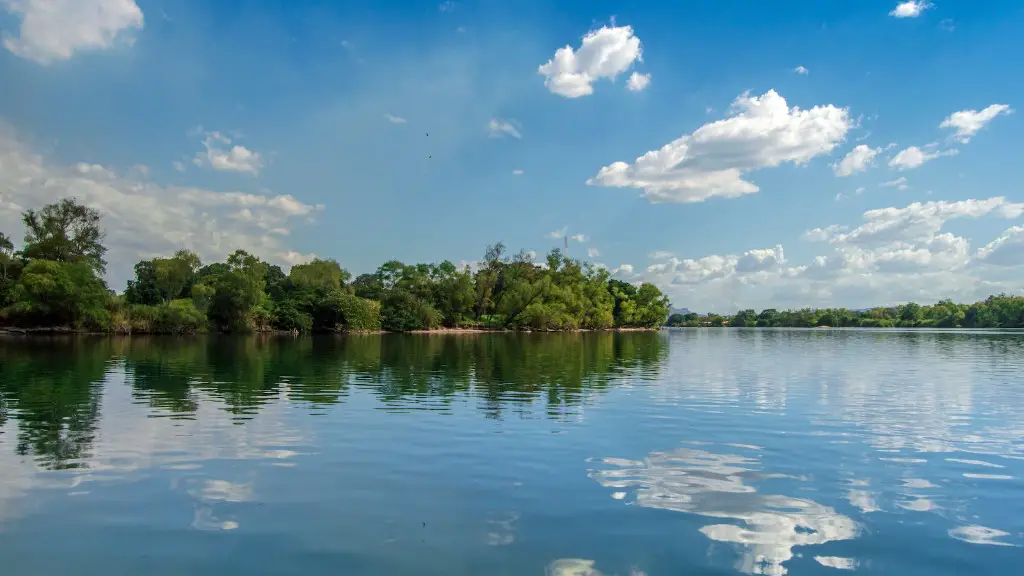Location Of Lake Malawi
Lake Malawi is one of the many African lakes located in the Great Rift Valley. It lies between Mozambique, Malawi and Tanzania and is the second largest lake in Africa. It has a total surface area of about 29,600 square km, making it the third deepest lake in the world. The shoreline of Lake Malawi is one of the longest in the world and is estimated at more than1,000 kilometers. Its deepest point has been measured at 706 meters below sea level.
Lake Malawi has historically been a crucial part of the African continent both economically and environmentally. Often referred to as ‘the Lake of Stars’ due to its clear night skies, Lake Malawi has been a key resource for locals and visitors alike and is a popular tourist attraction. Given its location, Lake Malawi is home to a diverse array of wildlife, ranging from aquatic and aquatic mammals, to larger fish and bird species.
The lake is home to more than 1,000 different species of fish, with about 850 of these species being endemic. This makes Lake Malawi’s fish population one of the most diverse in the world. Moreover, this massive lake serves an essential role for water resources in Africa and has been declared a UNESCO World Heritage Site.
Biodiversity Of Lake Malawi
In terms of biodiversity, Lake Malawi is important to the continent. Its water levels supply water to three countries, and that water is a much-needed resource for agriculture, businesses and households alike. This means that Lake Malawi is a sort of lifeblood for many towns and villages that are located around its shores. It also serves as a breeding ground for many fish species, providing vital food for both locals and tourists in the region.
The lake’s unique environment also plays home to a wide range of aquatic and terrestrial wildlife. The lake is estimated to contain more than 1,000 species of fish, which makes the lake’s biodiversity second only to the Amazon and Congo river basins. Besides its impressive assortment of fish species, Lake Malawi also features turtles, frogs, crocodiles, and hippos, along with a great variety of both migratory and resident birds.
Towns along the lake, such as Kande, are popular tourist spots because of their colorful tropical fish and beautiful sandy beaches. The traditional fishing methods used in Lake Malawi, especially the use of nets attached to a single pole, have been around for centuries. They are very efficient in catching all sorts of fish but are also controversial due to their potential to deplete the fish population.
Protected Areas Around the Lake
The Malawi government has recognized the value of the lake, and consequently has established a variety of conservation and protection programs. A number of national parks and nature reserves along the lake’s coastline have been created. For example, Lake Malawi National Park (LMNP) is home to various species of fish, about 558 species of endemic cichlids, and a variety of aquatic and terrestrial wildlife.
In addition, the government has mandated a number of fishing regulations to try and safeguard the fish population. These regulations include fishing season restrictions and restrictions on what type of gear can be used. The regulations have resulted in a more sustainable fishing industry and the protection of the lake’s biodiversity.
The lake also plays a large role in the region’s local culture. Traditional Tanzanian, Malawian and Mozambican music is often inspired by the lake’s beauty, and these songs are a great way to learn more about the lake and its inhabitants. It also serves as an important source of inspiration for other art forms, such as painting and sculpture.
Sustainability Of Lake Malawi
Without the protection and management of its natural resources, the ecosystem of Lake Malawi could be at risk. Human activities, such as increased development, agricultural activities, deforestation, and the exploitation of natural resources, have raised concerns over the sustainability of the lake.
In recent years, the importance of the lake to the region’s economy has propelled the creation of numerous initiatives to protect the biodiversity of the lake. These initiatives include creating protected areas and implementing various measures to reduce the impacts of human activities. In addition, the government has taken steps to incentivize sustainable fishing practices, such as caps on fishing yields and the promotion of low-impact gear.
Despite the various efforts to protect Lake Malawi’s biodiversity, there are still many threats facing the lake. The population of the lake is growing at a rapid pace, which is impacting the lake’s ability to maintain the healthy ecosystem necessary for survival. Pollution from urban and industrial centers is also a major problem, as is deforestation and its impact on water levels. The lake’s watershed is being overexploited, putting pressure on the biodiversity of its surrounding areas.
Contribution To Regional Economy
In recent years, Lake Malawi has become an important source of income and development in the region. The lake’s scenic beauty and abundant fish and wildlife make it a popular destination for tourists. Furthermore, its abundant fish and other aquatic life have made it an important source of protein. The lake provides jobs to thousands of people in the region and they, in turn, are able to provide goods and services to the local economy.
In addition, the lake is an important source of energy and water for many communities. The lake’s water is used for drinking, irrigation and for generating hydroelectric power. The lake also serves as an important transportation pathway with boats connecting villages along its shoreline, and canals connecting the lake to nearby rivers and the sea.
Lake Malawi is an essential resource for the region and its protection is of utmost importance. From its contribution to the region’s economy, to its importance to local biodiversity, Lake Malawi is an essential part of the African continent. Its preservation is key to the sustainability of the region, and it should be safeguarded accordingly.
Conclusion On Lake Malawi
Lake Malawi is a vital resource for both local and international communities. Its diverse ecosystems and beautiful landscapes draw tourists from all over the world. The lake is home to a wide variety of wildlife, ranging from aquatic and terrestrial animals to a species of fish that is endemic. It also serves an important role in the local economy, providing jobs and resources to many in the region.
The lake’s unique environment is in need of protection, however, as it is facing various threats such as increased pollution, overexploitation of resources, and deforestation. The Malawian government has made strides to protect the lake, but more must be done to ensure the sustainability of this invaluable African resource.
